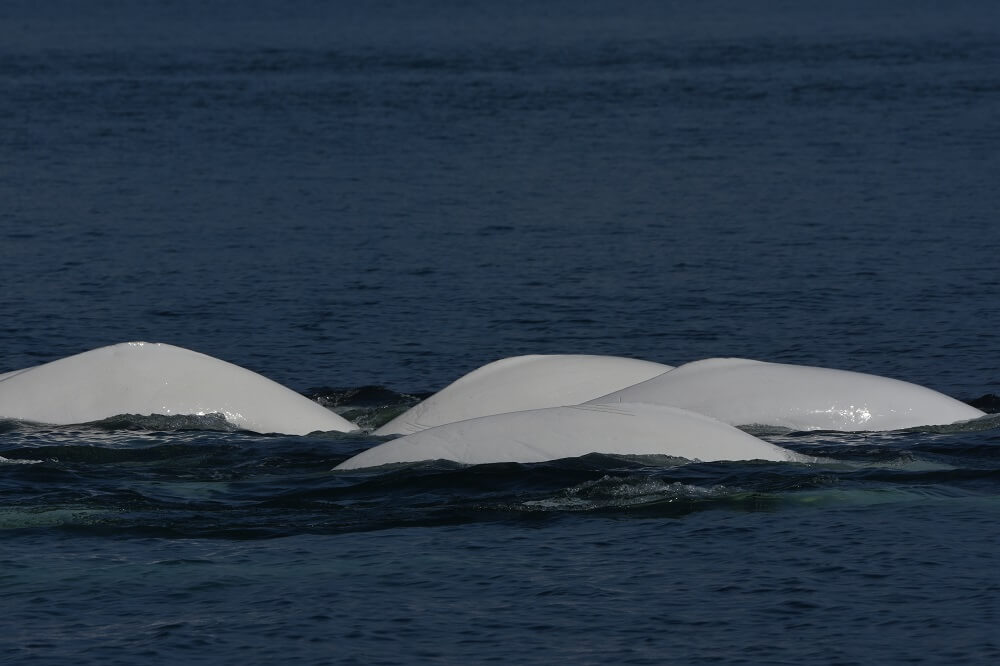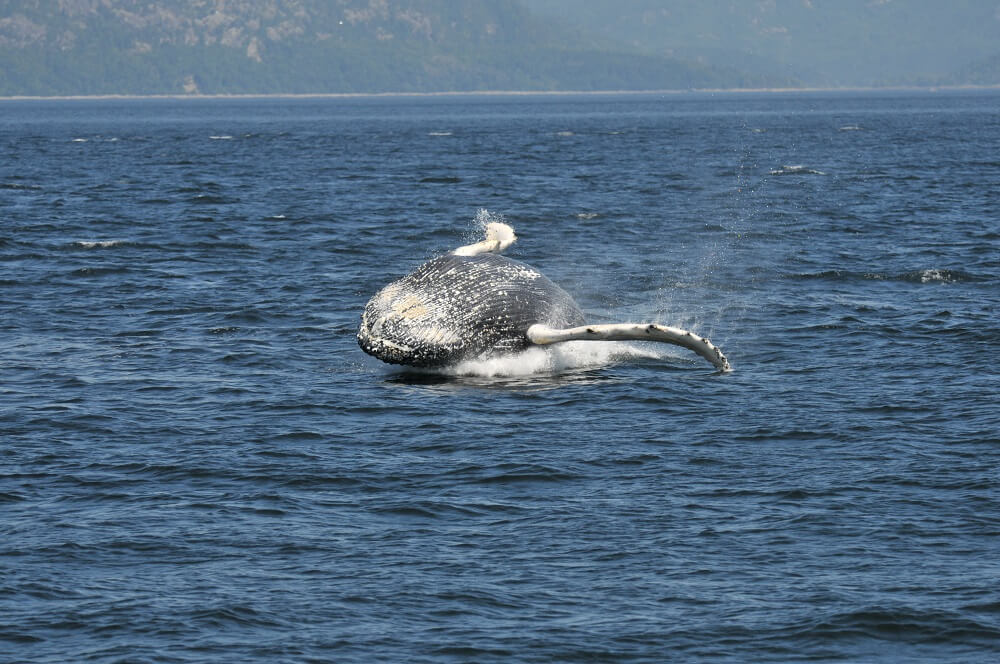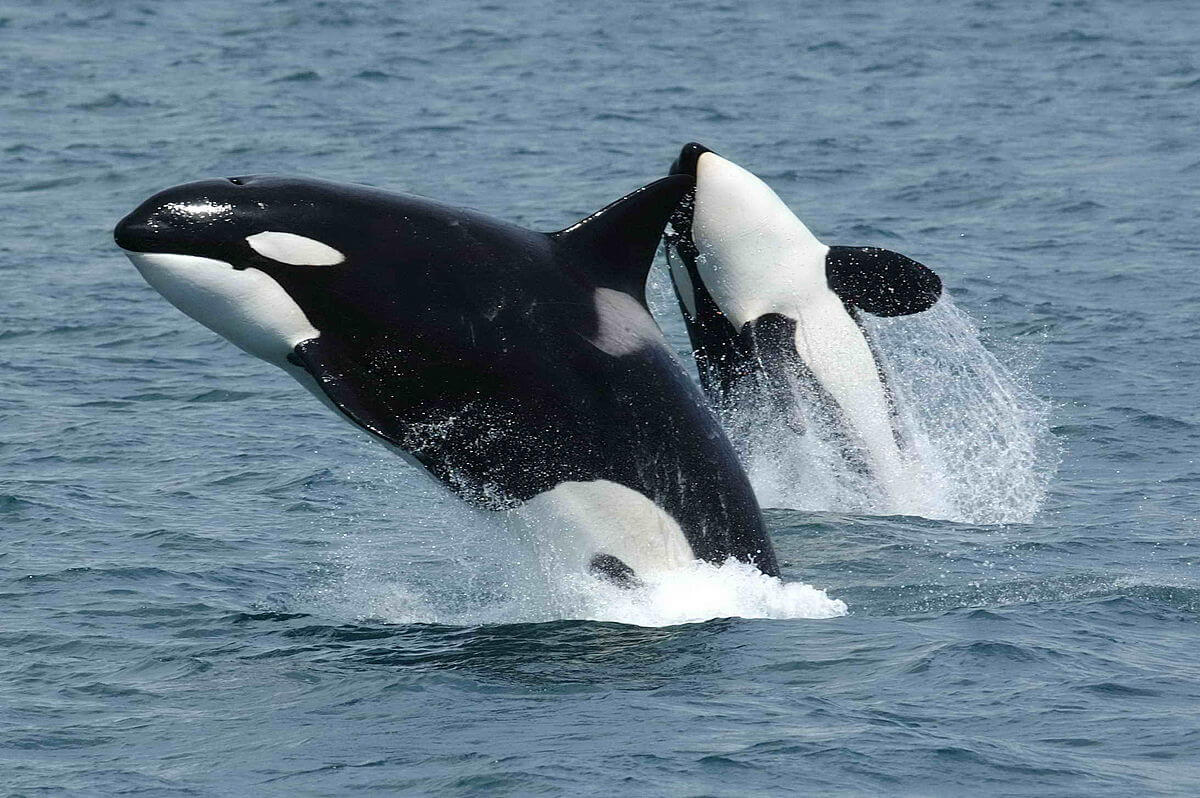Is there a correlation between brain size and the diversity of social behaviours exhibited by a species? In cetaceans, it seems that there is, reveals a study published this month in the journal Nature Ecology and Evolution.
By comparing the size of the brain, the diversity of social and cultural behaviours, and the size of the social group in various cetacean species, researchers found that species with larger brains tend to have a broader repertoire of social behaviours, live in medium-sized groups of 5 to 20 individuals, and be united by strong social bonds. The smallest brains were found in solitary species or those that live in small groups.
In humans, the brain is believed to have grown larger (a process known as encephalization) as our social skills (e.g. language, pursuit of common goals, teaching, consensus-based decision-making and empathy) developed. These skills favour cooperative social interactions and have allowed humans to colonize the majority of terrestrial ecosystems.
Cetaceans also have proportionally large and anatomically sophisticated brains. Could it be that even though they have evolved in very different environments, cetaceans and humans have developed a similar survival strategy, that is, a large brain that allows for a wide variety of complex social interactions? Even if, anatomically speaking, humans and cetaceans have very different brains? Indeed, the frontal lobe, the part of the human brain that is involved in planning, language and most complex thoughts, is absent in cetaceans. On the other hand, cetaceans possess large, well-developed brain regions that are not present in humans.
To answer these questions, a group of researchers from Stanford University, the London School of Economics, Harvard University and the University of Manchester have identified the social behaviours observed in 90 species of cetaceans, i.e. whales, rorquals, dolphins and porpoises. These behaviours include, for example, the presence of alliances within the group, care for young by individuals other than parents (alloparental care), inter-species cooperation, group hunting, social play, social learning and complex vocalizations.
The results show that brain structures that are quite different – in humans and cetaceans, for instance – can give rise to similar social skills. A little like the wings of birds and the “wings” of bats (which perform the same function, i.e. flight) are anatomically very different and the result of independent evolutions, separated in time by several millions of years.
But what came first, a bigger brain, or more complex social relationships? According to Kieran Fox, a postdoctoral student at Stanford University and co-author of the study, the two probably developed in parallel. The development of new complex social behaviours may require a larger and more powerful brain. And the development of a more powerful brain facilitates the learning of new social behaviours and new skills. This is what researchers call a positive feedback loop.
“Let’s say a random increase in brain size or complexity gives you a greater capacity for social co-operation. If these new social skills pay off, then natural selection will keep favouring expansion of this same brain area. The capacity for social skills and cooperation will expand in turn, and the cycle will repeat,” explains Fox in an interview with CBC News. “What you’ll eventually expect to see is that species that have large, complex brains will also tend to possess a wider repertoire of social behaviours – and this is exactly what we found among the whales and dolphins.”
However, as in the case of primates, diversity of social behaviours is not the only trait associated with the size of the cetacean brain. Researchers also found that cetaceans with larger brains tend to have a more varied diet and larger ranges.







